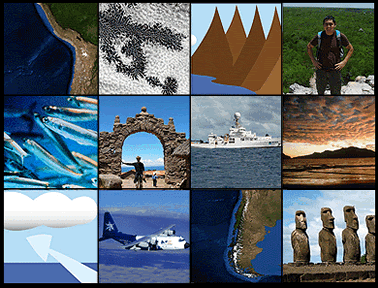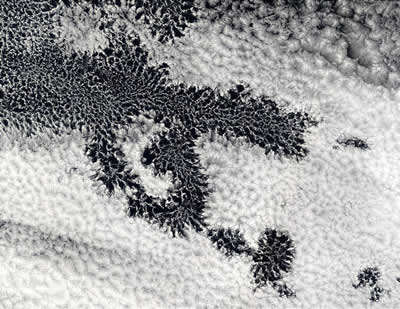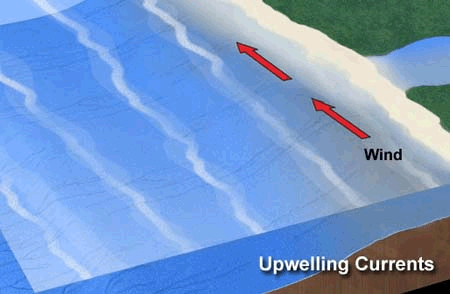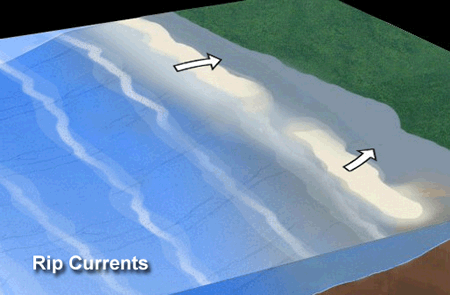Images courtesy of NOAA and IMARPE.
Research Ships Used in the VOCALS Campaign
Two ocean-going research vessels are involved in the VOCALS field campaign. Both ships make numerous measurements of the atmosphere, clouds, and conditions in the ocean within the VOCALS research area. The efforts of scientists on the ships are coordinated with observations from aircraft and satellites. This allows VOCALS scientists to view the atmosphere and clouds from above and below at the same time and to measure properties of the ocean directly and from afar.
The Research Vessel Ronald H. Brown is operated by the US National Oceanic and Atmospheric Administration (NOAA). The ship is named in honor of the former Secretary of the U.S. Department of Commerce, Ronald H. Brown, who was an ardent supporter of the NOAA fleet. Its home port is Charleston, South Carolina. The Ron Brown carries many scientific instruments, including radar, LIDAR, spectrometers, temperature sensors, and more. The ship can make a host of measurements of clouds, ocean conditions, atmospheric aerosols, wind, and rain, to name but a few.
The Research Vessel José Olaya Balandra is one of three research ships operated by the Instituto del Mar del Perú (IMARPE). José Olaya Balandra was a fisherman who was martyred during the Peruvian fight for independence from Spain in the early 1800s and is now a national hero. The ship's home port is Lima, Peru. During VOCALS, the main research goals of the José Olaya Balandra are to study interactions between the atmosphere and the oceans and to investigate eddies that carry upwelled water from coastal waters to locations further offshore.
There are also several buoys off the South American coast that continuously take readings of atmospheric and oceanic conditions, including during the VOCALS campaign.














